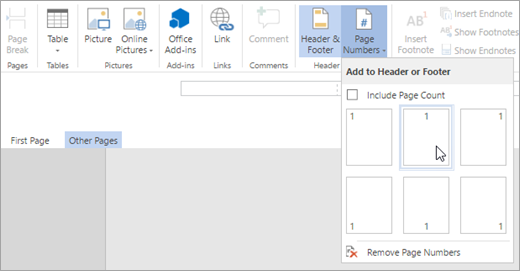
 Select Mark if you want to mark the authorities yourself & for instances where id. Note: While this method means you don't have to mark every citation one-by-one, when using this option you need to be confident that you have cited your authorities the same way consistently throughout your brief - if not, Word will miss those that are not consistently cited. Select Mark All if you want Word to mark all long and short citations that match those displayed in the Mark Citation dialog box.
Select Mark if you want to mark the authorities yourself & for instances where id. Note: While this method means you don't have to mark every citation one-by-one, when using this option you need to be confident that you have cited your authorities the same way consistently throughout your brief - if not, Word will miss those that are not consistently cited. Select Mark All if you want Word to mark all long and short citations that match those displayed in the Mark Citation dialog box.  Next, decide whether to "Mark All" or "Mark". The key is to be sure your short form will cover all instances of where this authority is cited to in your brief. A short form can be as simple as the party name in a case citation or a bit more extended to include some of the reporter information. Next, create a short form citation for the computer to go by when it marks the entire document (which gives you all the page numbers for where this authority appears). If you wanted, for example, Cases in position 3 and Other Authorities in position 1, select each > replace the name of each in "Replace with" box > click Replace > OK. View the default order of appearance by clicking on "Category.". Note: You can change the order of categories and thus the order in which they appear in your TOA. Note: You can create a new category if you wish: select "Category." > select a number > enter a category in "Replace with" > click Replace > OK. Next, select a category for the citation (Cases, Statutes, Other Authorities, Regulations etc.). Make sure the citation that appears in the "Selected text" box is correct because that is how it will appear in your TOA > this means doing things like deleting pinpoint cites, extra parentheses etc. Next, click Mark Citation > the Mark Citation dialog box will open > do the following:.
Next, decide whether to "Mark All" or "Mark". The key is to be sure your short form will cover all instances of where this authority is cited to in your brief. A short form can be as simple as the party name in a case citation or a bit more extended to include some of the reporter information. Next, create a short form citation for the computer to go by when it marks the entire document (which gives you all the page numbers for where this authority appears). If you wanted, for example, Cases in position 3 and Other Authorities in position 1, select each > replace the name of each in "Replace with" box > click Replace > OK. View the default order of appearance by clicking on "Category.". Note: You can change the order of categories and thus the order in which they appear in your TOA. Note: You can create a new category if you wish: select "Category." > select a number > enter a category in "Replace with" > click Replace > OK. Next, select a category for the citation (Cases, Statutes, Other Authorities, Regulations etc.). Make sure the citation that appears in the "Selected text" box is correct because that is how it will appear in your TOA > this means doing things like deleting pinpoint cites, extra parentheses etc. Next, click Mark Citation > the Mark Citation dialog box will open > do the following:. 
Next, check "Keep original formatting" > select Leader style (.).IF your professor does not want you to use passim, un-check it.Usually if a source is cited 5 times passim will be used. The computer will bypass such sources in your document and use passim instead of listing all the individual page numbers. Passim refers to a source that's used many times in a document.Locate the first citation to an authority > highlight citation > go to Insert (at top Word tool bar) > Index & Tables > select Table of Authorities > a dialog box will open > do the following:.Briefs will have a variety of authorities what you want for the TOA is the specific page where you actually cite to the authorities.Double check your citations before you begin to be sure all are correct and your short forms are consistent.When you have marked all your citations and insert your TOA, Word searches for the marked citations, organizes them by category (e.g., cases, statutes, rules etc.), references their page numbers, and displays the TOA in your document. To create a TOA you "mark" your citations and Word inserts a special TA (Table of Authorities Entry) field in your document.A Table of Authorities lists the references in a legal document (i.e., appellate brief) along with the number of the pages the references appear on.Generate and insert your TOA into your document."Mark" the citations (authorities) in your document.

The 2 basic steps to creating your Table of Authorities:








 0 kommentar(er)
0 kommentar(er)
